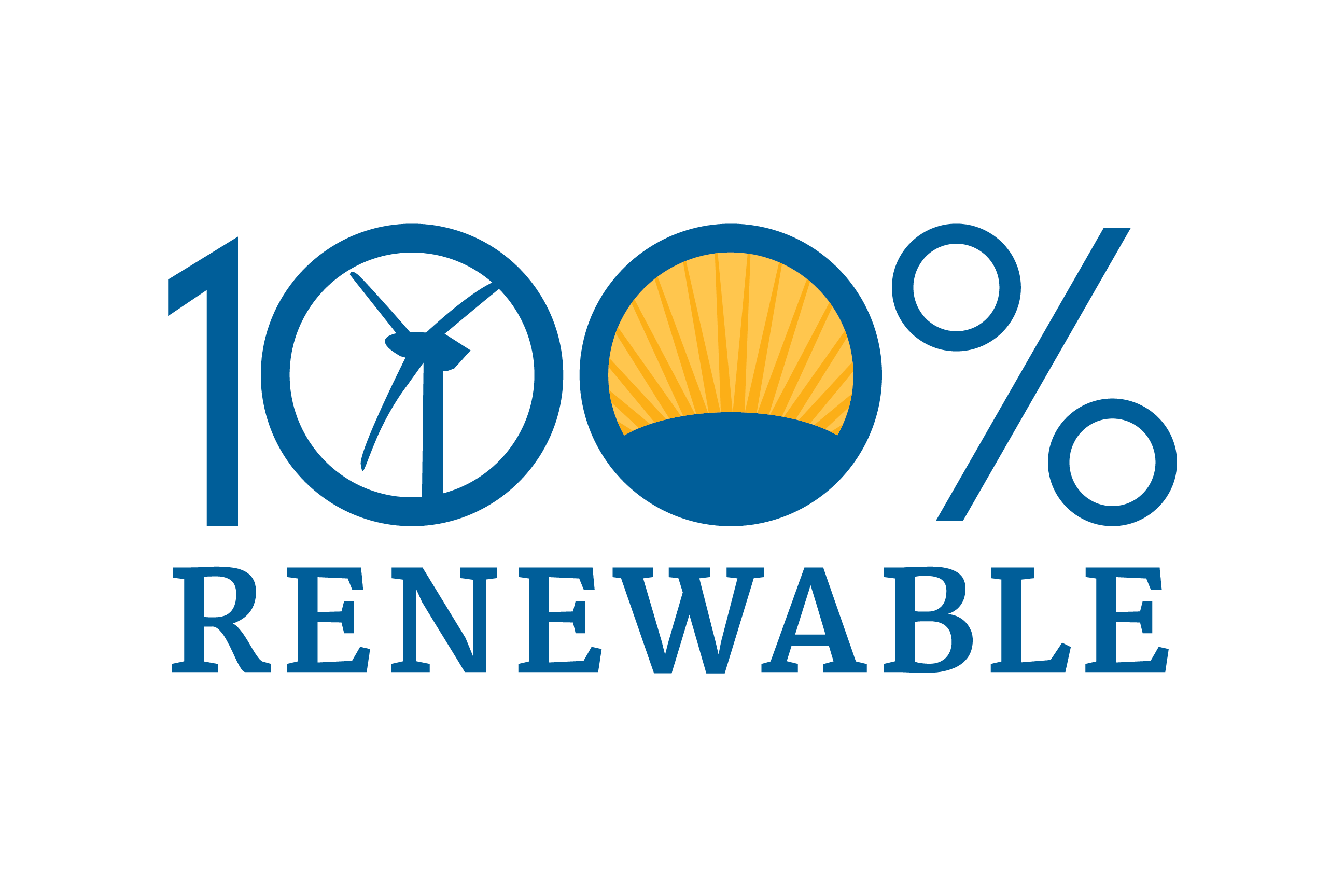Allegheny College, a small liberal arts school in northwestern Pennsylvania, located 30 miles from Lake Erie, has successfully reduced building energy use in recent years.
In 2011, Allegheny College joined the U.S. Department of Energy’s “Better Buildings Challenge,” committing to reduce building energy intensity by 20 percent by 2020. Since then, efficiency improvements across campus have reduced energy intensity for all of Allegheny College buildings by 15 percent. One project, a renovation of Carr Hall to make room for Allegheny College’s growing Environmental Science department, made the building 23 percent more efficient through improvements such as better heat recovery and energy-efficient lighting.
Students have also contributed to making buildings on Allegheny’s campus more energy efficient. For example, a group of students helped set sustainability goals for a new residence hall project and provided feedback on its design. As a result, the LEED Gold-certified building has energy-efficient light fixtures controlled by sensors, energy-saving motors in building equipment, large windows that allow sunlight in and bright colored paint to reflect it around rooms, as well as other clean energy and water conservation features. Allegheny College issued a bond to cover the building’s construction and will benefit from energy savings for many years to come.

